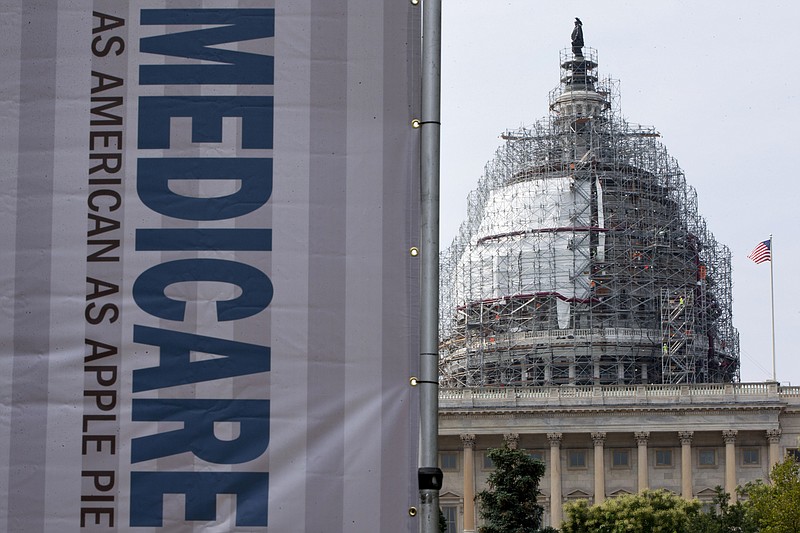Fifty years ago, health care consumed about 5 percent of the gross national product. Now we spend 17.5 percent, and estimates are that by 2025 it will be 19 percent. Those costs take money that patients could have spent on their children's education or saved for retirement.
With Medicare, Medicaid and the VA, the federal government picks up half the cost. As those costs rise, despite increases in the national debt, the money available for the military, education and needed infrastructure gets squeezed. The American public pays the other half through employee-based insurance, out-of-pocket expenses and, if they can afford them, for purchase of individual policies.
It is easy to see many causes for the increased cost. Each has some value, but the question is whether we could get as good or even better results while spending less. The challenge is always to retain value while discouraging waste and getting our costs close to the level of other countries that usually cover all their citizens. A few thoughts follow.
- Cost of drugs. This issue has been prominent in the media lately. There have been some extreme examples in which an inexpensive drug has been put in a fancy new device, resulting in a $5 drug costing more than $100.
A recent issue has been when a generic drug with a single manufacturer is bought by a new investor, who then increases the cost 20-fold, knowing it may take more than a year for a new manufacturer to bring competition into the system.
Another costly challenge is when new, expensive drugs compete with generic drugs. Statins for high cholesterol and new drugs for hypertension are examples. These challenges are sometimes exacerbated by advertisements on television that imply that the new drug is better than the cheaper generic one. There are more than 1,300 pharmaceutical lobbyists in Washington who spend $244 million dollars a year convincing Congress that their charges are justified. According to testimony at a recent American Medical Association meeting, pharmaceutical companies spend twice as much on advertising as they do on research and development. The AMA House of Delegates passed a resolution requesting that all drug advertising be removed from television. No European country or Canada allow it. TV ads are required to notify patients of the side effects of their drugs, but they don't mention the cost.
- Technology. CT scans, MRIs and PET scans have come into use during my career and can be extremely valuable, but sometimes can be overused. Often a careful history and physical exam can give the physician the information he or she needs with less frequent imaging. These tests are often overpriced. In addition to their cost, some of these tests expose patients to small doses of radiation. After several exposures, the risk can become significant
- Insurance. Health insurance itself is part of the problem. If your policy is overly generous, you become oblivious to the cost of your care. If your policy pays all the cost of your drugs, procedures and testing, both you and your physician are insulated from the cost. Unfortunately, this means that the insurance gets more expensive year by year. If the employer picks up the cost, your yearly salary raise or bonus suffers. If not, you find yourself paying an increased share of the cost next year. Part of the solution to this problem is modest copays and deductibles so that patients see a small part of all the charges.
- Malpractice. Medical malpractice is a small but significant part of the problem. Expensive tests are sometimes ordered to protect against the cost of possibly missing something by history or physical. When a 6-year-old child comes in the emergency room with abdominal pain, history, exam and routine lab may make the physician 99 percent sure it is not appendicitis, but a CT scan, with a small dose of radiation, will make him or her more certain.
- Physicians. Physicians are partly responsible for all of these challenges because they don't spend time reviewing the cost of what they do, and don't spend time explaining to the patient why they are being cost-conscious.
These problems can be addressed, but solutions will not be easy and will require attitude changes from all of us. These thoughts are just a first step. The idea that a free market and more competition is all we need is naïve, in my opinion. Health care is a lot more complicated than buying a car.
